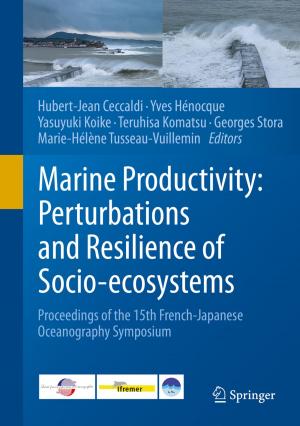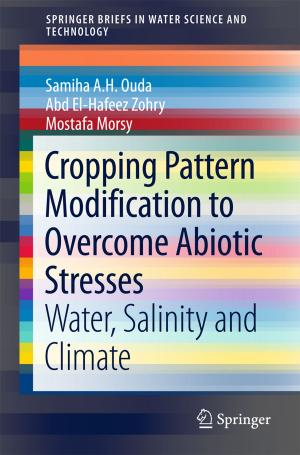Biomass and Bioenergy
Processing and Properties
Nonfiction, Science & Nature, Science, Biological Sciences, Botany, Environmental Science| Author: | ISBN: | 9783319076416 | |
| Publisher: | Springer International Publishing | Publication: | August 25, 2014 |
| Imprint: | Springer | Language: | English |
| Author: | |
| ISBN: | 9783319076416 |
| Publisher: | Springer International Publishing |
| Publication: | August 25, 2014 |
| Imprint: | Springer |
| Language: | English |
Biomass obtained from agricultural residues or forest can be used to produce different materials and bioenergy required in a modern society. As compared to other resources available, biomass is one of the most common and widespread resources in the world. Thus, biomass has the potential to provide a renewable energy source, both locally and across large areas of the world. It is estimated that the total investment in the biomass sector between 2008 and 2021 will reach the large sum of $104 billion. Presently bioenergy is the most important renewable energy option and will remain so the near and medium-term future. Previously several countries try to explore the utilization of biomass in bioenergy and composite sector. Biomass has the potential to become the world’s largest and most sustainable energy source and will be very much in demand. Bioenergy is based on resources that can be utilized on a sustainable basis all around the world and can thus serve as an effective option for the provision of energy services. In addition, the benefits accrued go beyond energy provision, creating unique opportunities for regional development. The present book will provide an up-to-date account of non-wood, forest residues, agricultural biomass (natural fibers), and energy crops together with processing, properties and its applications to ensure biomass utilization and reuse. All aspects of biomass and bioenergy and their properties and applications will be critically re-examined. The book consists of three sections, presenting Non wood and forest products from forestry, arboriculture activities or from wood processing, agricultural biomass (natural fibers) from agricultural harvesting or processing and finally energy crops: high yield crops and grasses grown especially for energy production.
Biomass obtained from agricultural residues or forest can be used to produce different materials and bioenergy required in a modern society. As compared to other resources available, biomass is one of the most common and widespread resources in the world. Thus, biomass has the potential to provide a renewable energy source, both locally and across large areas of the world. It is estimated that the total investment in the biomass sector between 2008 and 2021 will reach the large sum of $104 billion. Presently bioenergy is the most important renewable energy option and will remain so the near and medium-term future. Previously several countries try to explore the utilization of biomass in bioenergy and composite sector. Biomass has the potential to become the world’s largest and most sustainable energy source and will be very much in demand. Bioenergy is based on resources that can be utilized on a sustainable basis all around the world and can thus serve as an effective option for the provision of energy services. In addition, the benefits accrued go beyond energy provision, creating unique opportunities for regional development. The present book will provide an up-to-date account of non-wood, forest residues, agricultural biomass (natural fibers), and energy crops together with processing, properties and its applications to ensure biomass utilization and reuse. All aspects of biomass and bioenergy and their properties and applications will be critically re-examined. The book consists of three sections, presenting Non wood and forest products from forestry, arboriculture activities or from wood processing, agricultural biomass (natural fibers) from agricultural harvesting or processing and finally energy crops: high yield crops and grasses grown especially for energy production.















